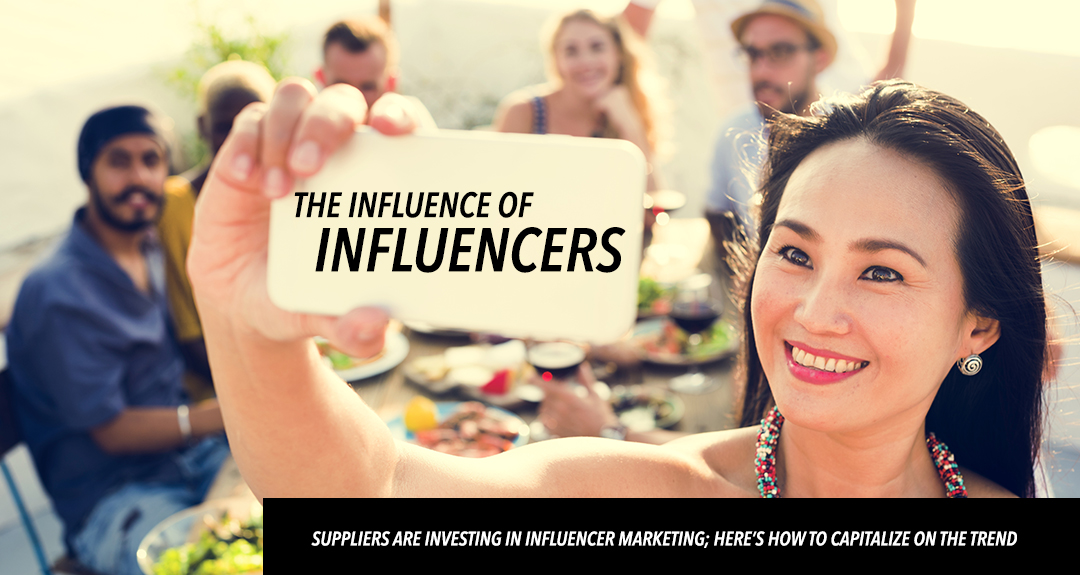The Influence of Influencers
Jul. 6, 2017

The alcohol industry spans a wide spectrum, not only in terms of categories, but flavor profiles as well. There are the beer drinkers; the wine drinkers; those who prefer a cocktail. There are consumers who choose sweet and fruity over boozy and bitter. Some prefer hot drinks, while others reach for ice-cold refreshers. With so many options to pick from, what really influences consumers’ drinking choices?
The answer? A variety of things! In fact, there’s most likely an unlimited amount of factors that play into a consumer’s buying behavior – from the time of the year, to the time of the day, to the mood someone is in, to the occasion they are attending. Their age, their gender, their tastes. You name it, it’s probably influencing what they’re purchasing. One thing that may not seem quite as obvious, however, is the power that social media has on consumers and their purchasing patterns.
According to a study by Deloitte, nearly one in three U.S. consumers is influenced by social media in their purchases, and that statistic increases to 47% when looking at millennials. Social media is particularly influential in the world of alcohol, where one-fourth of legal-drinking age Americans say that seeing pictures of what others are drinking on social media influences what they choose to drink. Again, the statistic rises to 45% for consumers 21-34 years old. What’s more, 42% of millennial consumers take to social media to post their own photos of what they’re drinking. This is where suppliers are focusing their attention.
Suppliers are investing in social media campaigns that engage influencers, or individuals on social media with large followings. How does it work? Marketing and public relations teams reach out to top influencers who they feel embody their brand or the lifestyle the brand portrays. Influencers often times enter into brief contracts where they agree to post a certain amount of content featuring the targeted brand in exchange for compensation or free product. It’s important to keep in mind that influencers must state that these posts are sponsored in order to follow FTC regulations.
Influencer-created content garners a much larger reach than posts coming directly from brands. For example, Stoli recently worked with two menswear influencers on Instagram to promote its new brand, “Elit.” The two Instagram influencers, who together have nearly 250K followers, were able to engage a much larger, more targeted audience. An image of martinis posted by one of the Instagrammers earned more than 1,800 likes, where the same image posted by Stoli only gained 74 likes.
Similarly, Brown-Forman launched their influencer campaign "#BecauseNoReason" to promote its iconic raspberry liqueur Chambord. The campaign racked up more than 16,000,000 impressions.
Millions of consumers interact with branded content daily on social media. As influencers post photos of elegant martinis or themselves enjoying a glass of rosé poolside, consumers are then encouraged to purchase these products.
Make sure you’re taking advantage of the power of social media by offering products that consumers are being exposed to by these top influencers.